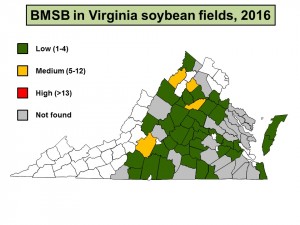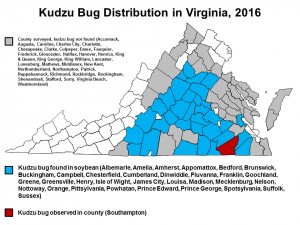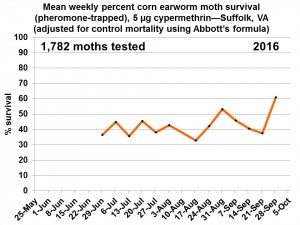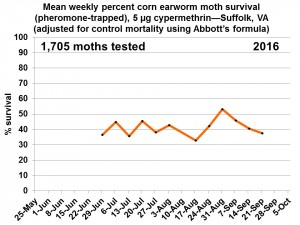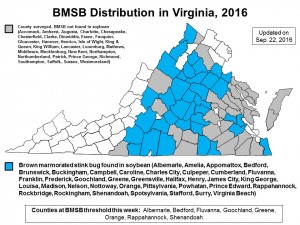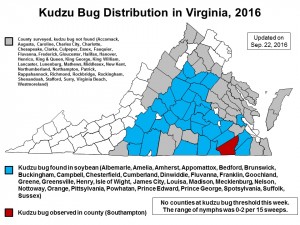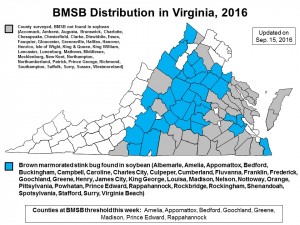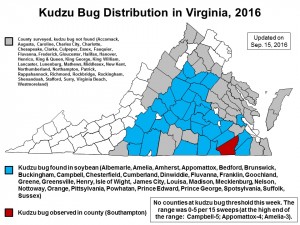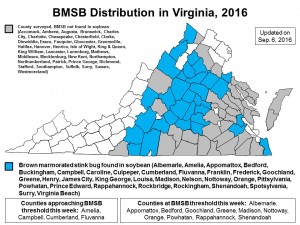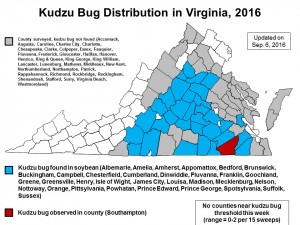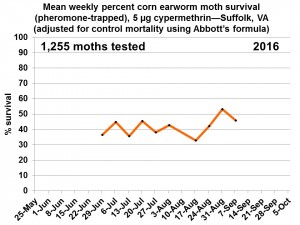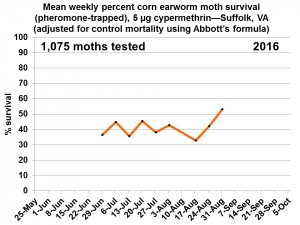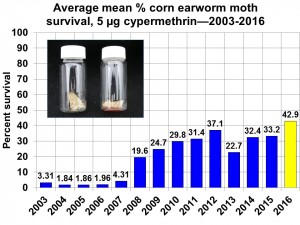The following is being issued on behalf of Roy Flanagan, Virginia Cooperative Extension ANR Agent, Virginia Beach (meeting information and registration forms can be found on my January 30, 2017 blog). This is a reminder for folks to register if you plan to attend any of the 2017 Mid-Atlantic Strawberry Programs in Virginia Beach. The room block with Fairfield Inns and Suites filled up quickly, we have increased that group of blocked rooms at the special rate of $86 per night. If you tried to register and had issues, please email Roy Flanagan directly and he will get you in touch with the right person to get your room issues taken care of and get the reduced rate.
If you have questions, please contact Roy Flanagan.
Agriculture Extension Agent/ Virginia Beach
Office: 757-385-GROW (4769)
Email: RFlanaga@vbgov.com

